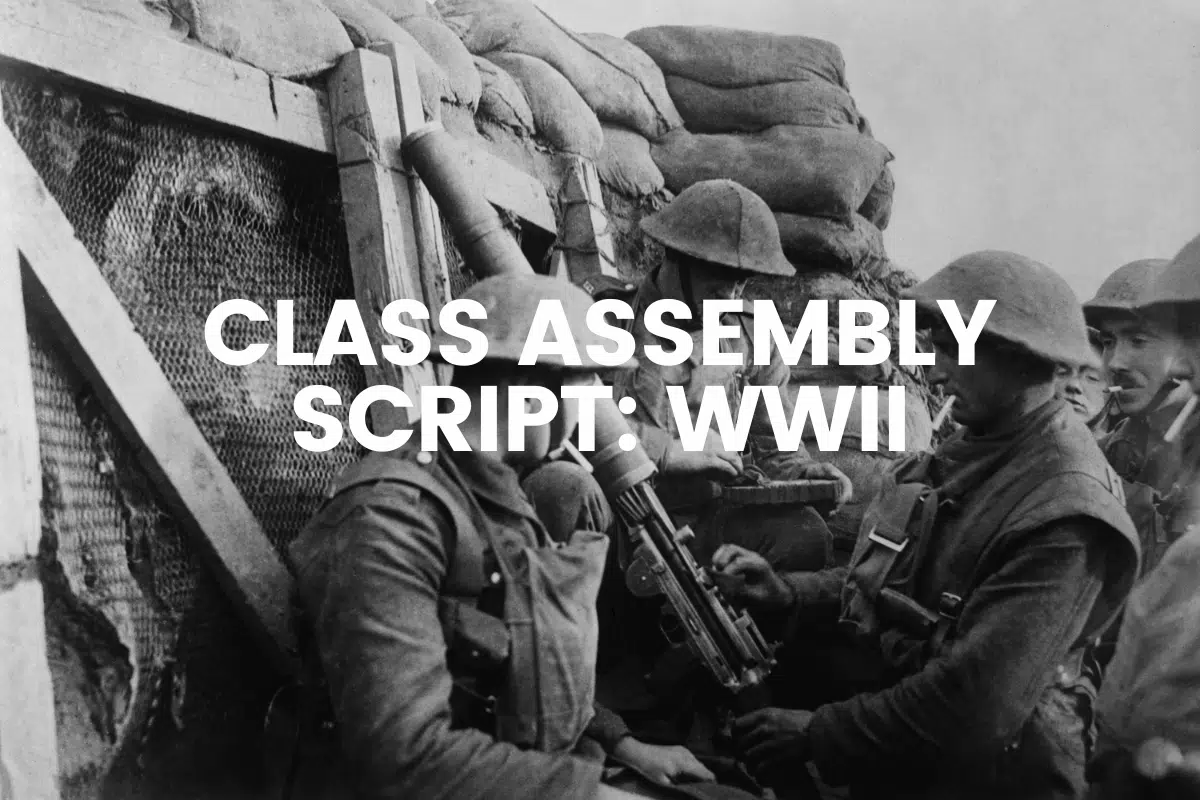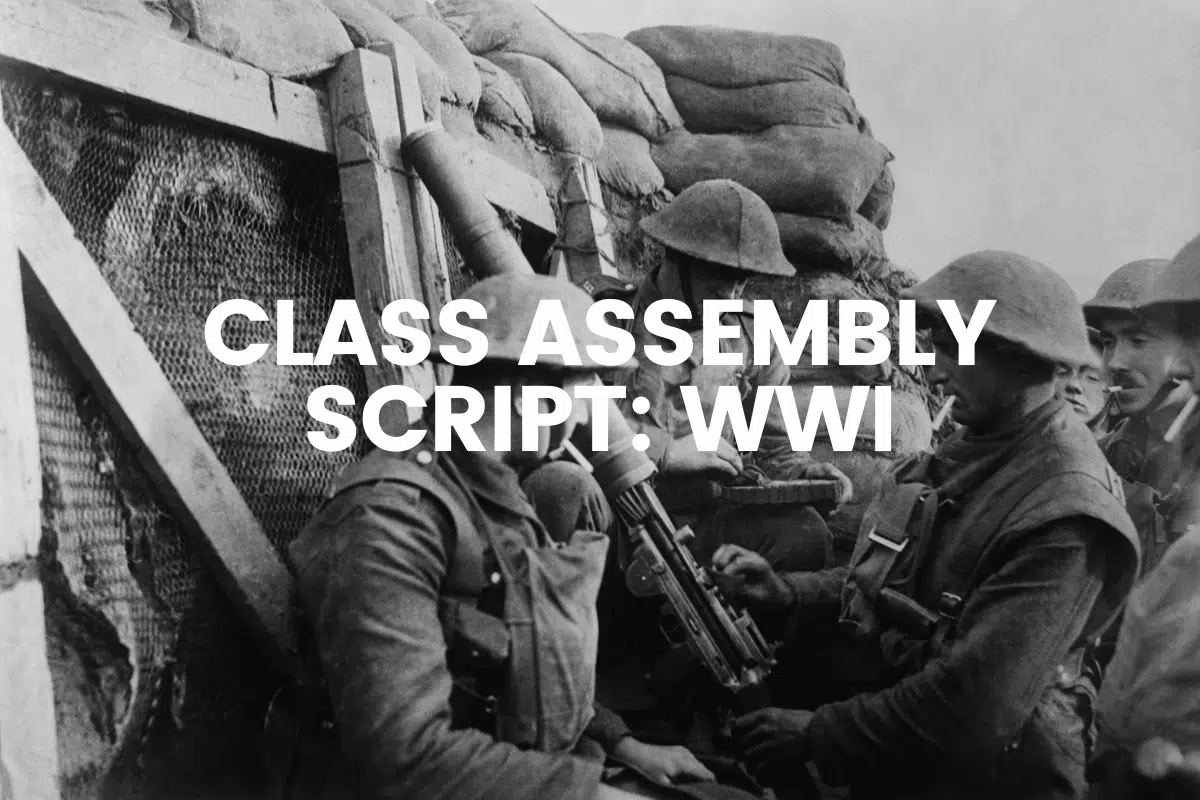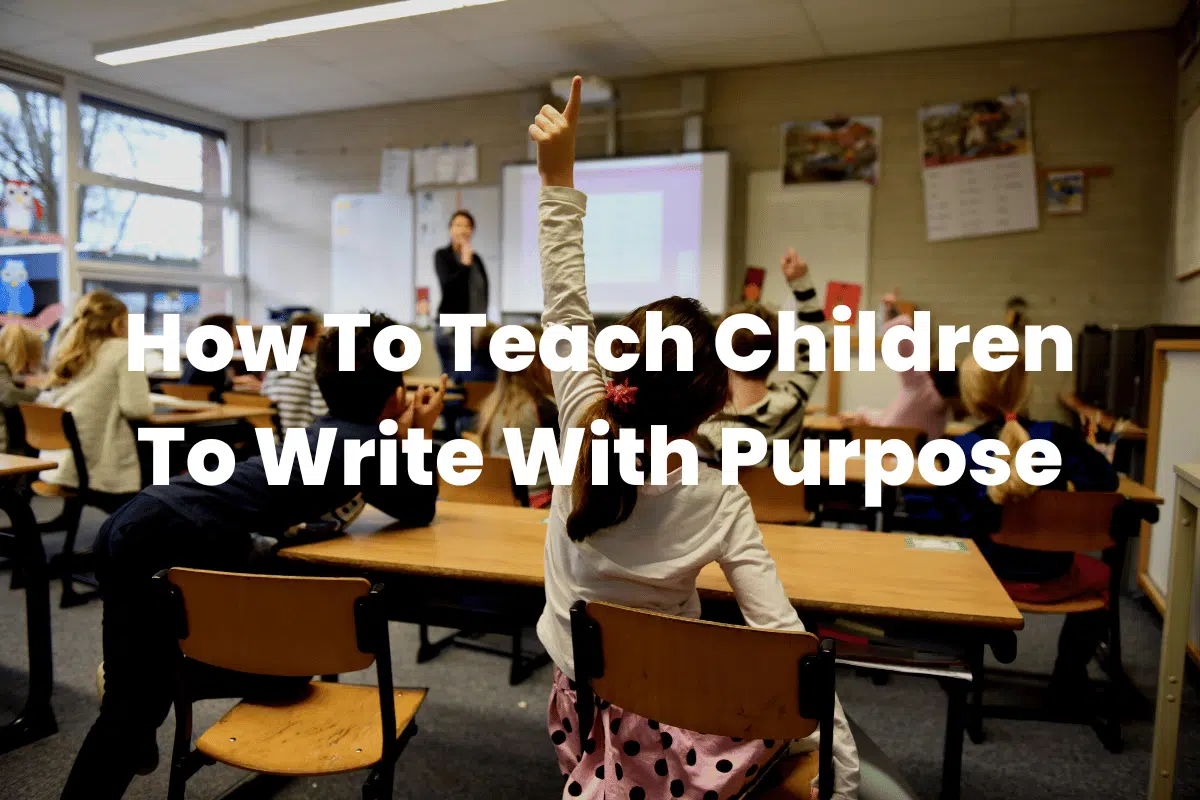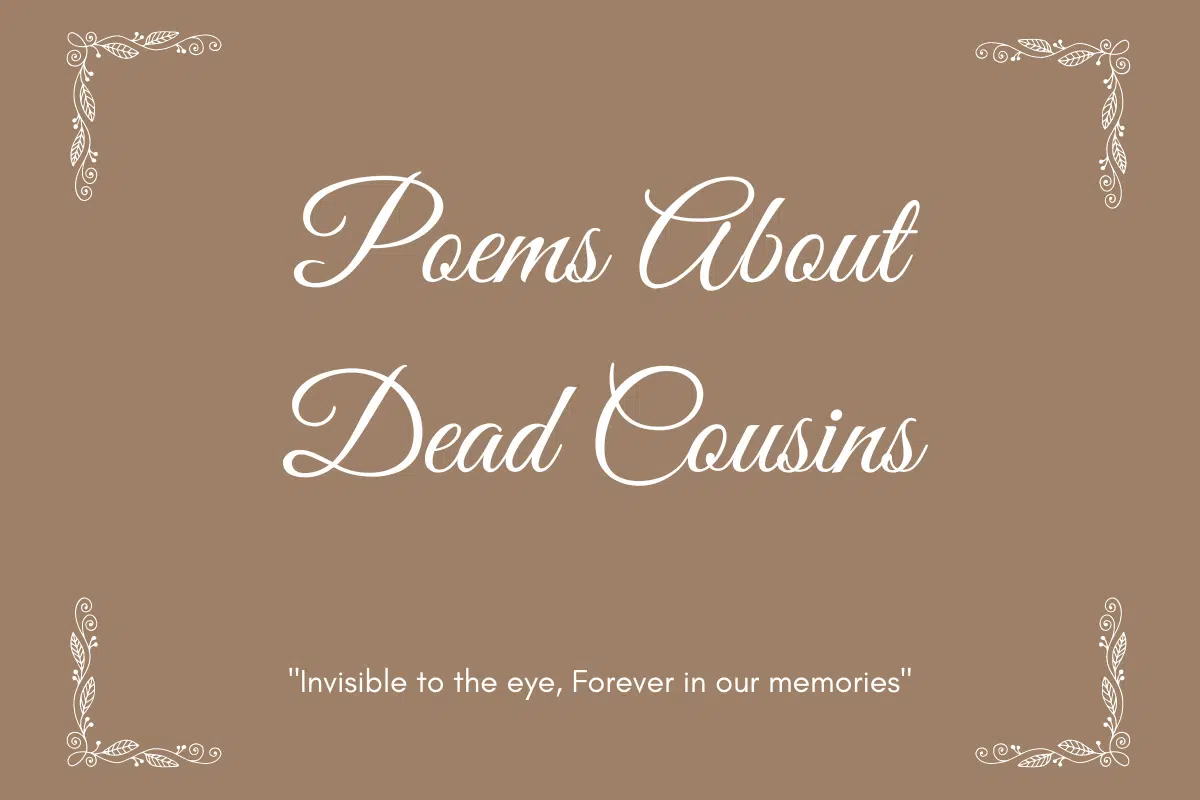The Anglo-Saxons were a group of Germanic tribes who invaded and settled in England beginning in the 5th century CE. This assembly script overviews England’s Anglo-Saxon culture, religion, and legacy.
Students will learn about Anglo-Saxon kings like Alfred the Great, who helped unify kingdoms and cultural contributions like the epic Beowulf.
By the end of the assembly, students will understand the origins and lasting impact of the Anglo-Saxons on English history and culture. This script can be adapted as needed for different grade levels.
Related: For more, check out our Assembly Script About The Romans here.
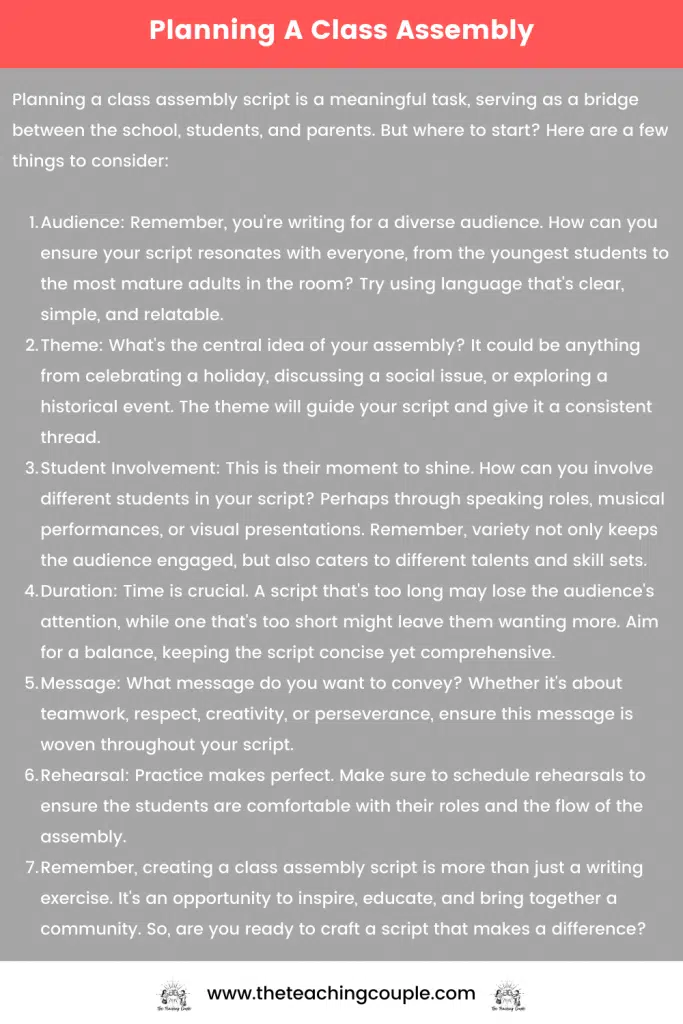
Anglo-Saxon Assembly Script
Characters: Narrator, Narrator 2, King Alfred the Great, Monk, Warrior, Villager, Villager 2, Boudicca (Celtic queen)
(Students enter and stand at the front of the assembly area. Narrator walks to the center.)
Narrator: Welcome everyone. Today we’re going to journey back in time to learn about the Anglo-Saxons, a group of Germanic tribes that invaded and settled in England starting around 400 AD. We’ll learn about their culture, religion, and kings. We’ll also learn about Boudicca, a Celtic queen who fought against the Anglo Saxons.
Narrator 2: The Anglo-Saxons came from northern Germany and southern Scandinavia. Many Anglo-Saxons migrated to England as their populations grew, battling and displacing the native Celtic tribes. The Anglo-Saxons were pagan and worshipped Norse gods like Odin and Thor. They lived in small villages and worked as farmers and warriors. Their society was highly stratified, with kings and nobles at the top, then freemen and slaves at the bottom.
(Narrator introduces King Alfred the Great, who comes to the center. He is wearing a crown and royal cloak.)
King Alfred: I am King Alfred the Great, one of the most famous Anglo Saxon kings. In the 800s, I defended my kingdom of Wessex against Viking invaders and helped unify many Anglo Saxon kingdoms into the Kingdom of the Anglo Saxons. As king, I promoted education and had many Latin books translated into Old English so more people could read.
Narrator: King Alfred battled the Vikings and helped unite Anglo-Saxon kingdoms. He promoted literacy and education, which helped preserve Anglo-Saxon culture. Other aspects of Anglo-Saxon culture included their art, like ornate jewellery and illuminated manuscripts; their epic poetry, like the tale of Beowulf; and their architecture, like mead halls and churches. The Anglo-Saxons were eventually Christianized and their pagan beliefs faded.
(Monk enters, wearing a brown robe and holding a Bible.)
Monk: As a Christian monk, I spent my days praying, reading Scripture, and teaching other Anglo Saxons about the Christian faith. After the Romans left Britain, the Anglo Saxons gradually converted from their pagan beliefs to Christianity. Monasteries and monks like myself spread Christianity across England. We also taught reading, writing, and other skills.
(Warrior enters, carrying a shield and spear.)
Warrior: As an Anglo Saxon warrior, I fought to defend our kingdoms and gain new territories. Anglo Saxon warriors were formidable fighters, and we valued strength, courage, and loyalty. We wore helmets and carried spears, swords, and shields into battle. The epic poem Beowulf celebrates the feats of great Anglo Saxon warriors like Beowulf.
(Villager enters, carrying baskets of crops.)
Villager: As a villager, I grew crops and raised livestock to feed our people. Most Anglo Saxons were farmers living in small villages. We grew wheat, barley, oats, and raised pigs, cattle, goats, and sheep. Most Anglo Saxons lived in small huts with their families, working from dawn to dusk doing difficult labor to grow enough food.
Villager 2: Anglo-Saxons were often seen as invaders but we built a complex culture and made lasting contributions to English society. Our language evolved into Old English, the basis of modern English. We also introduced a common law code and the county system of local government. Though the Norman conquest in 1066 marked the end of Anglo-Saxon rule, our cultural legacy lives on in England today.
(Boudicca enters, wearing Celtic clothing and a gold torc necklace.)
Boudicca: I am Boudicca, queen of the Celtic Iceni tribe. When the Romans invaded Britain, they took our lands and humiliated me and my daughters. I angrily raised an army of over 100,000 Celts to fight the Romans. We destroyed 3 Roman towns before I was defeated in battle. Though I ultimately lost, I became a symbol of Celtic resistance against the Roman and Anglo-Saxon invaders trying to conquer our lands.
(All actors come together in a line at the front.)
Narrator: The Anglo-Saxons had a lasting impact on England’s culture, language, politics, and religion. Though their rule eventually ended with the Norman conquest in 1066, we still feel their legacy in England today. From their epic poetry to their Christian faith, the Anglo-Saxons have profoundly influenced English history.
Narrator 2: Here are some Anglo Saxon Poems we have written:
The Wanderer:
Often the solitary one
Makes his lament in the morning,
When he awakens again
To the cares of the world,
And thinks of the hardships
Which men have endured here
In the days of old.
Poem 2:
Battle of Maldon:
Then Byrhtnoth commanded each of his warriors
To leave the horses and hasten forward,
Now to mind the battle. Now is the hand-play nigh,
The work of glory. Now I have need
Of the might of spear and sword.
(All actors bow or curtsy to the audience to conclude the assembly.)
Teachers can implement this assembly script by:
- Assigning students roles to play as characters in the script
- Having students research their characters and time period to understand the historical context
- Practicing the script ahead of time so students are comfortable with the material and delivery
- Using props and costumes to help students get into character and engage the audience
10 questions for teachers to consider:
- How can I condense the script if time is limited? What parts should be shortened or removed?
- Do students understand the historical context well enough to convey key information? What other research or prep is needed?
- How will students physically arrange themselves on stage? What movements or positioning will make the story and information most engaging?
- What props and costumes are necessary or useful? How can I source these resources?
- How will students project their voices and be expressive to captivate the audience? Should we practice this?
- How will I transition between speakers or scenes? What narration or movement is needed between different parts of the script?
- What key terms or information do I most want students/the audience to remember? How can the script highlight these key points?
- Is the content appropriate for the age level of the students and audience? Do I need to modify language or themes to suit the group?
- How will I assess students’ learning or participation in the assembly? What rubric can I use to evaluate their performance and understanding?
- How will I generate interest or discussion after the assembly? What follow-up questions or activities will reinforce the learning outcomes?

